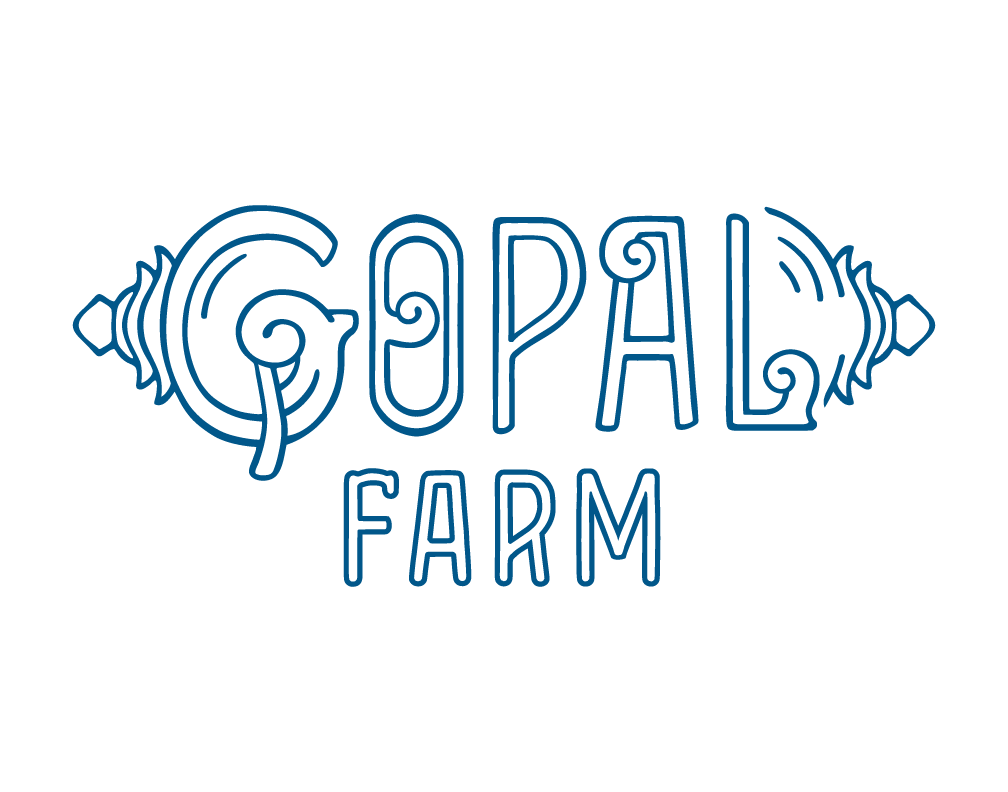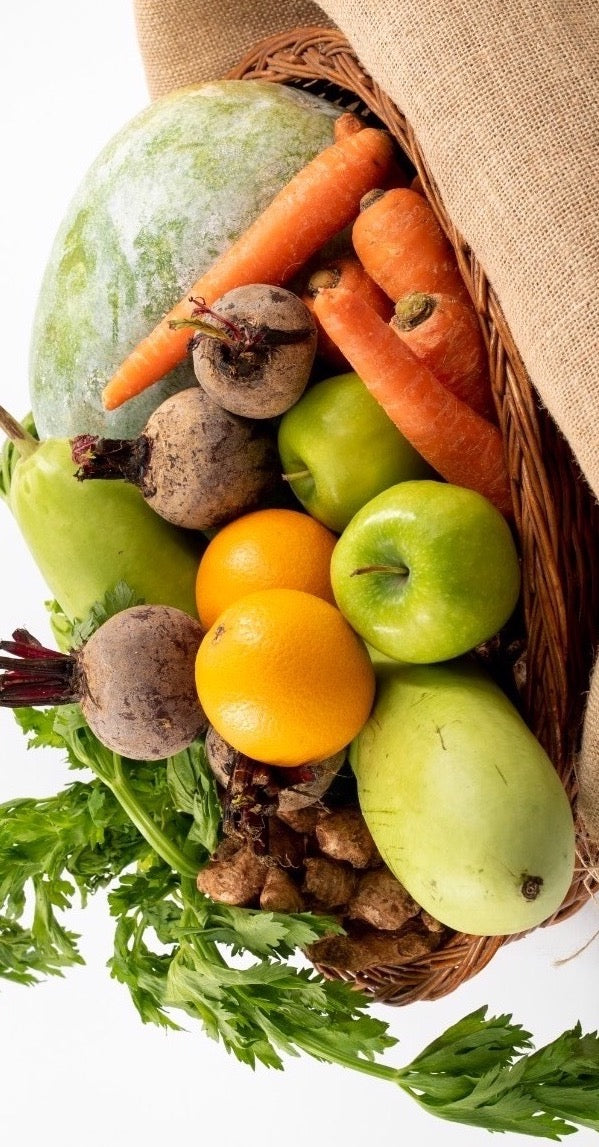Indian Temple Cuisine
Our Recipes are based on Temple Cuisine of Ancient Vedic India. For thousands of years Temple Food in India, as well as in Japan, China, Korea, Vietnam, has been considered the best of the foods.

Thirunelli Thrimadhuram at Maha Vishnu Temple
Thrimadhuram means the triple sweet, made of sugar, banana and honey with a tinge of ghee.


From earlier times the food available at a Temple for travelers and worshippers is considered the best. The haute Indian cuisine as well as home Indian food is inspired by these ancient temple recipes - that in itself is based on Ayurvedic principles, prepared in sattva (goodness), cooked by temple priests who had undergone years of meditational purification and assiduously cleanly prepared to Brahmin standards.


Priests at Udupi Temple
Most villages and towns in India have many Temples.


These temples are visited by thousands daily, who are offered free Temple Food called Prasadam.


Tirupati Temple

Temple Deity Lord Sri Venkat


There were hundreds of cooking pots arranged on the floor. Each priest was placing one portion of each spice, like clove, black pepper, cardammom etc. in each pot - that seemed to be his only duty. On inquiry we were told the recipe of this Pongal (a rice dish) was given by their spiritual teacher, Sri Ramanaju Acharya, a thousand years earlier!

Sri Ramanuja Acharya (1017–1137 A.D.)
Each Temple (and its Deity) owned many farmlands around it. Seasonal produce was grown only for the Deity.

Moreover, nearby farmers would offer their first harvest of each crop to the temple deity.

Thus the priest Chefs have access to best and the varied seasonal local ingredients. Many ancients recipes are used while also adding new recipes.
Each preparation in the Temple Food is arranged on a special Deity plate, in Ayurvedic sequence of bitter to sweet, as per season (Ritu) or time of the day and adapted to local produce and customs, that is then offered to the Deity.


The Deity is considered a person, who will eat the offering by His eyes, being omnipotent. This famous verse from the venerated Bhagavad Gita (9.26) explains the reason of the offering.
तदहं भक्त्युपहृतमश्नामि प्रयतात्मनः।।9.26।।






One uniqueness of the Indian Temple Food is that Chefs do not taste the offerings - a strict tradition going back thousands of years - first taste of any offering ought to be by the Deity - the master. The Priest Chefs meditate on the Lord in one's heart to direct one to add the right ingredients, at the right time, in the right quantity, to prepare the best as one's humble offering. It requires minute spiritual synergy.

The resultant preparation is considered a test of ones own meditation practice - imperfect dishes reflect on different aspects of meditation one still needs to perfect.

As is the case with Temple foods of Japan (Shojin ryori), Korea, China, Vietnam, the Indian Temple food too does not contain meat, fish, eggs, not even garlic, onions, leeks, scallions etc.

Aranmulla Valla Sadya at Parthasarathy Temple
But it does contain milk and many different milk products, sourced from the cows pasturing on the Deity lands. None of the cows are slaughtered even when old nor do their male offsprings.

The cooks need to be strict vegetarians, partaking of the same pure diet while not consuming any alcohol or intoxication - not even green tea or coffee due to the small quantity of nicotine and caffiene in them. These "distracting" ingredients disturb the meditative aspects of the food - the premise is that the purity and spiritual love of the cook in preparation is infused in the food, which is then not only fit to offer to the Deity, but also to uplift the consiousness of the ones partaking of Prasadam.

The Temple food thus is not only healthy and nutrititious for the body, but also tasty to satisify the tongue which is the most diffcult sense to control in ones spiritual pursuit. Additionally, it helps in purifying the mind of the partaker to make ones spiritual pursuit easier.


Here at Gopal Farm, this what we are trying to create. As a monk and a temple priest for more than two decades, Nimai trained in the meditative spiritual aspects of the thousands of years old spiritual tradition called Brahma-Madhva-Gaudiya Sampradaya. This spiritual tradition or Sampradaya is one of the four Vaisnava Sampradayas or worshippers of Lord Visnu. The main acharyas or Spiritual preceptors of this school...



We consider the gopal farmland to be of our Deity - Sri Nitai Gauranga. The first harvest of all of the crops each season is brought first to the kitchen for an offering. The subsequent excess crop is then sold.
Many of the recipes that we offer here are inspired from the different temple visits that we have stayed in. Nimai was trained in Ayuveda cooking, starting from his mother, and in different temple recipes from different regions in India.


